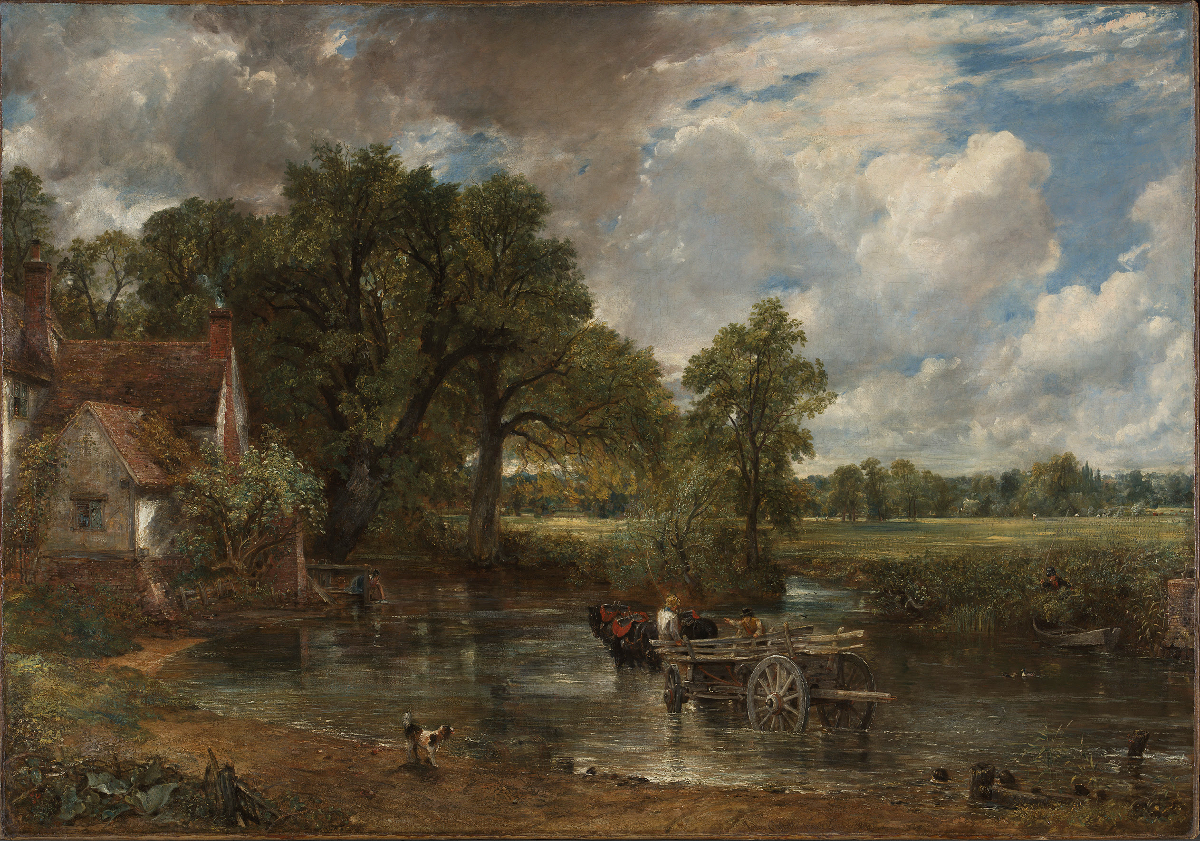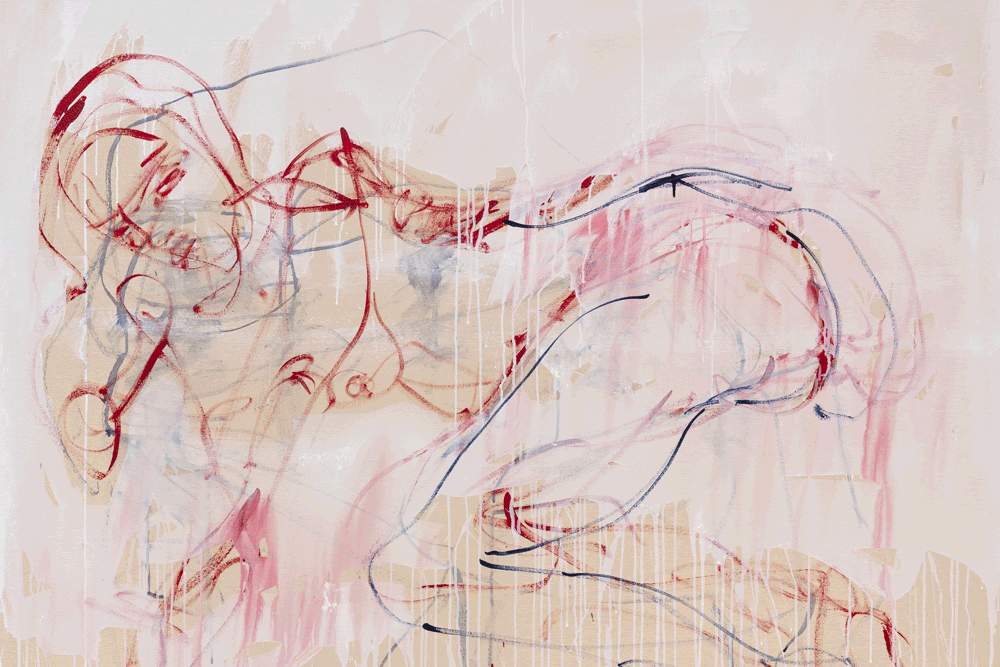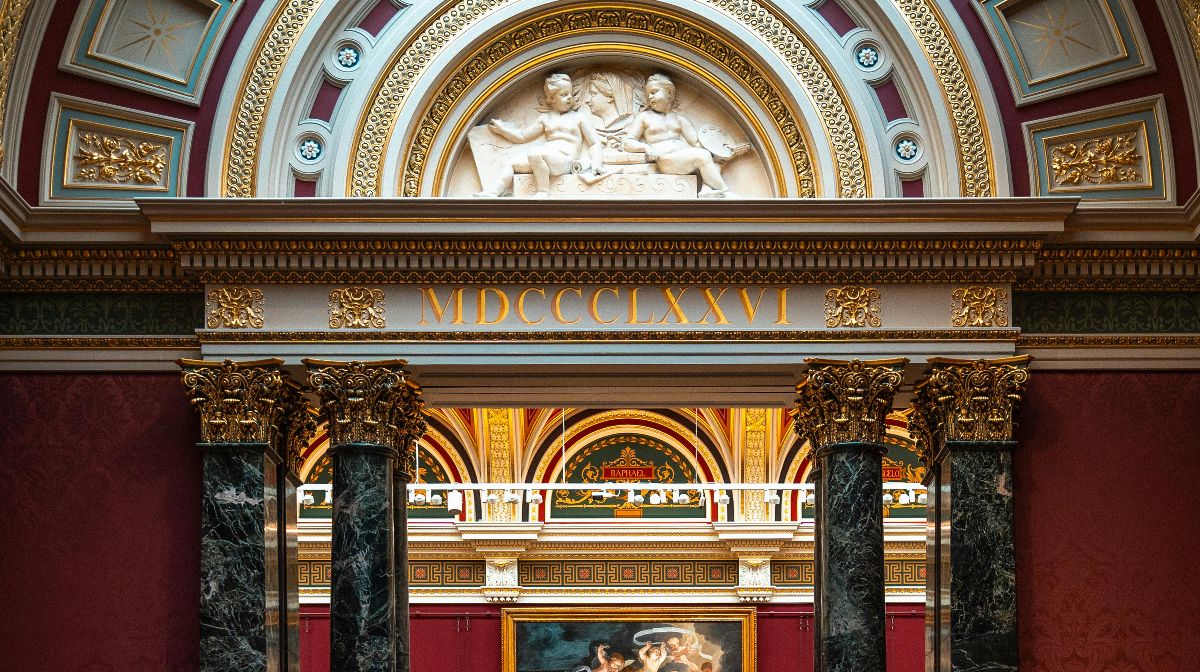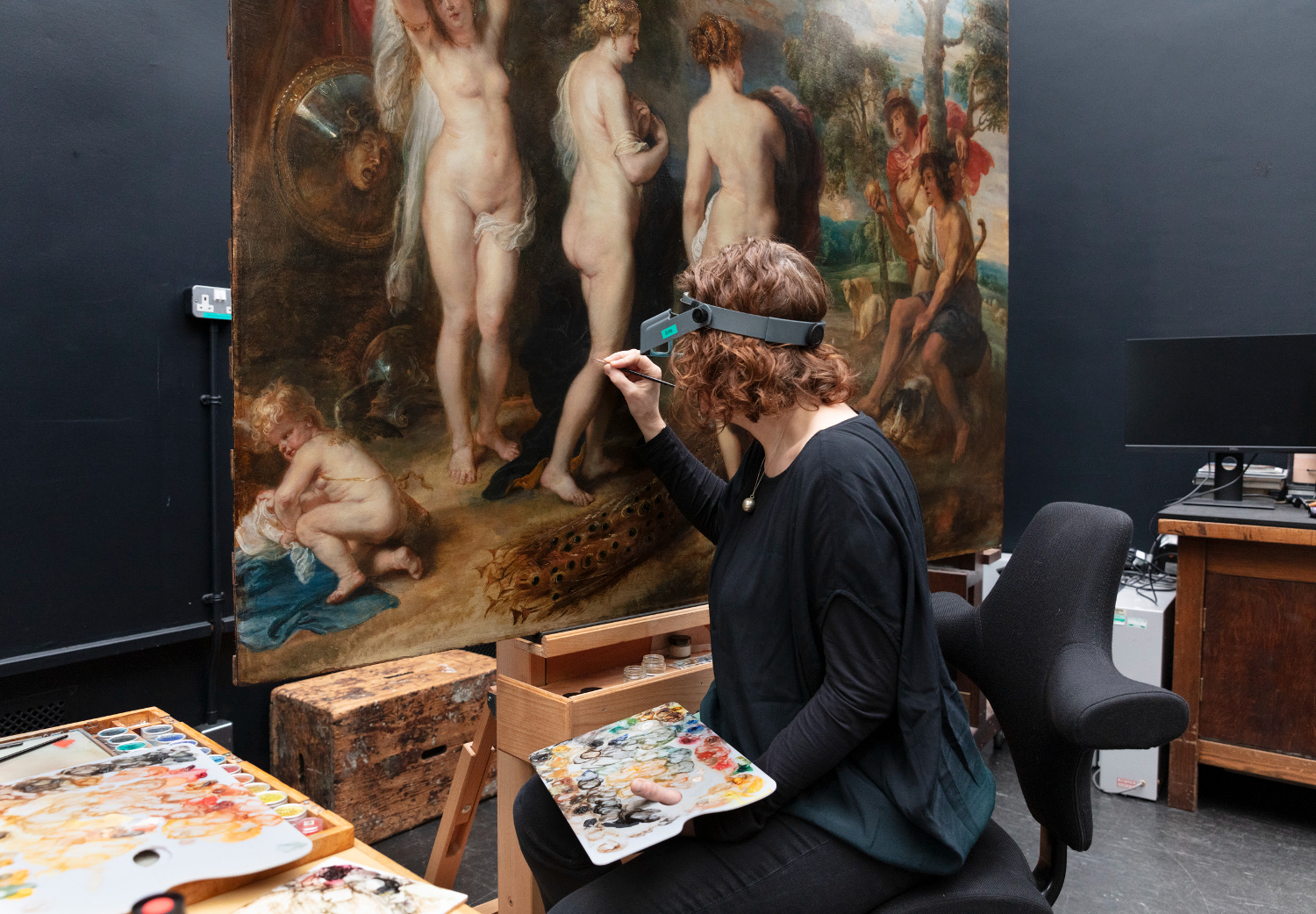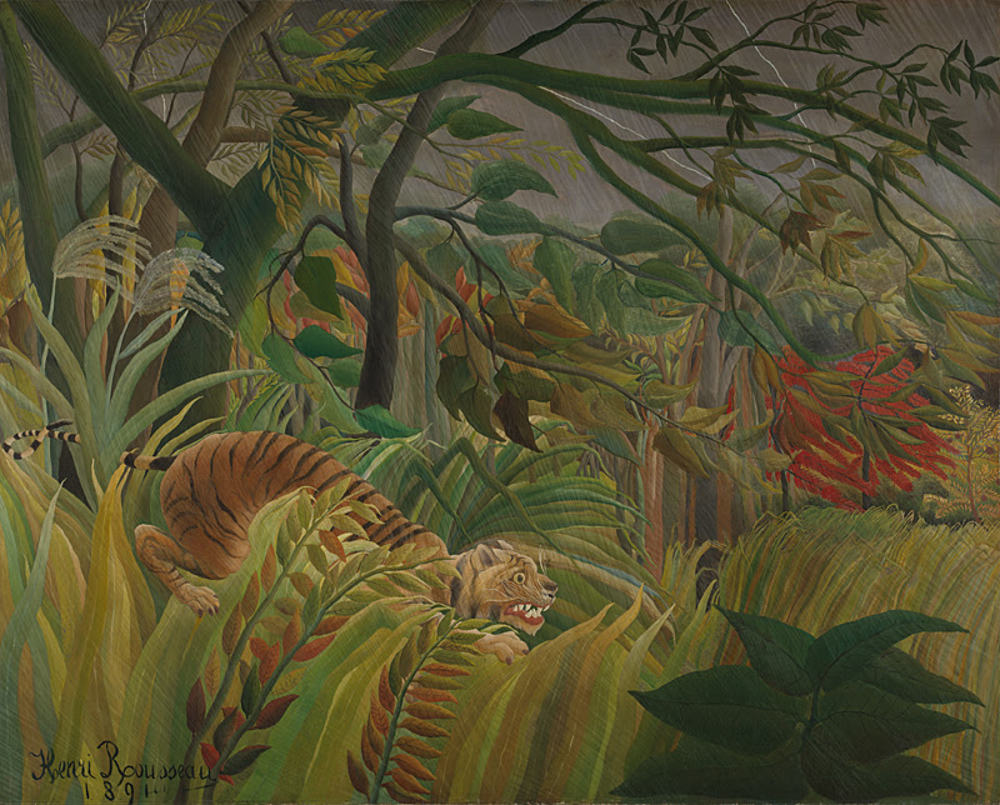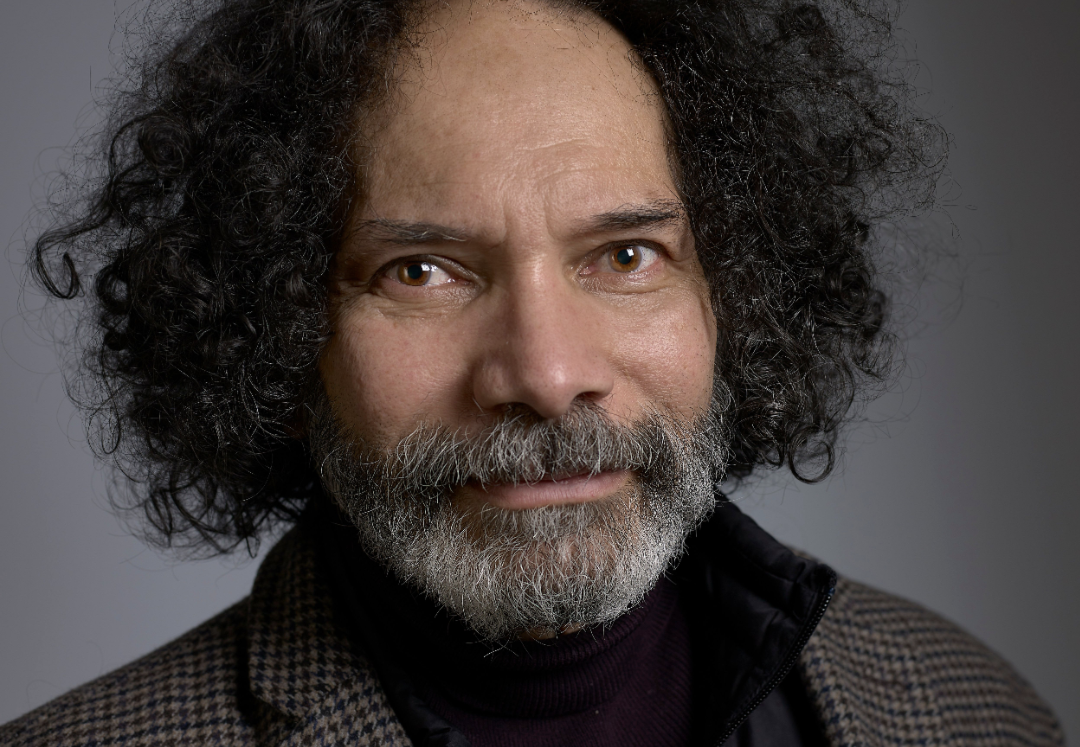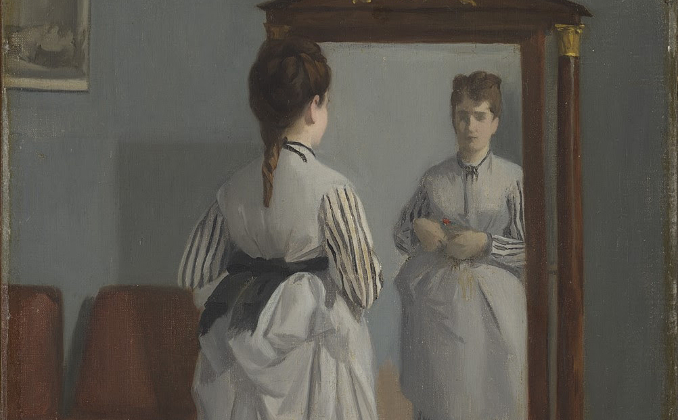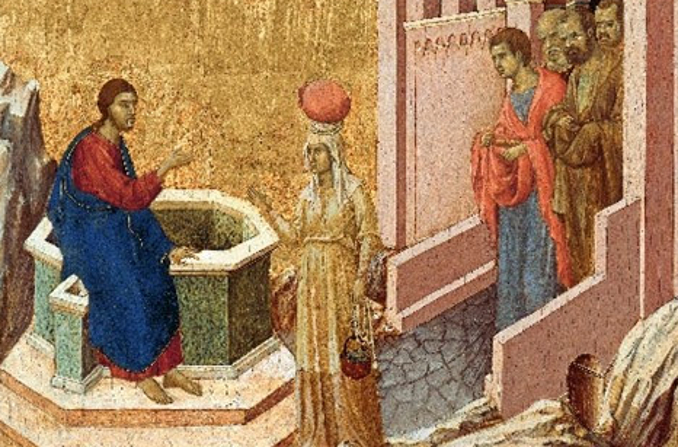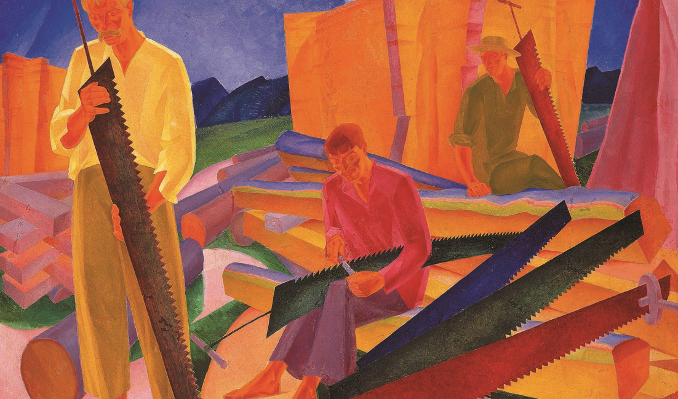National Gallery in London has bought an iconic new piece of art
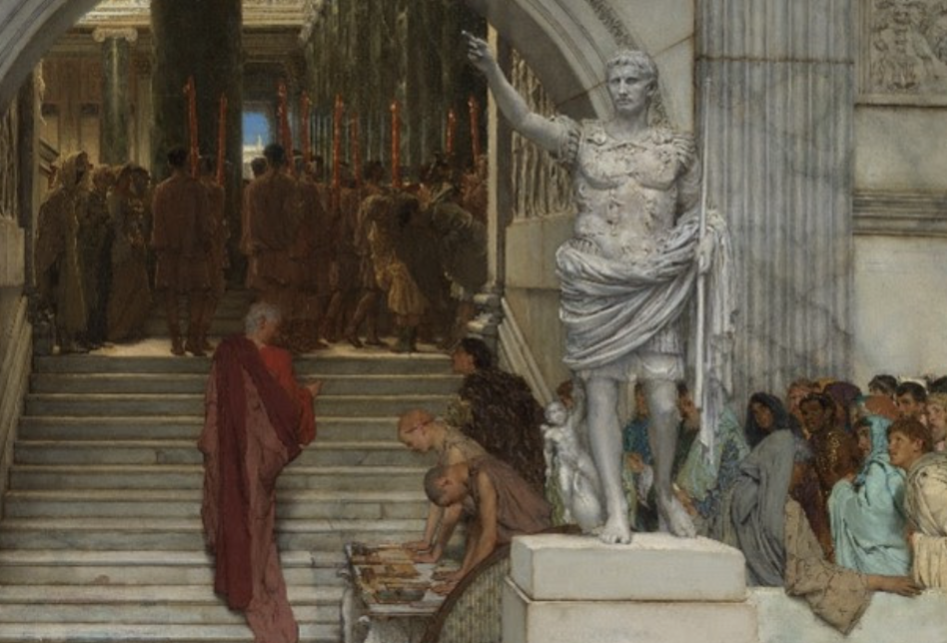
The National Gallery has brought a new piece of art and if classical history is your thing then this will get you excited. Well, folks, the National Gallery’s 200th-anniversary bash just got a whole lot fancier. They’ve gone and added “After the Audience” by Sir Lawrence Alma-Tadema (1836–1912) to their collection. That’s right, this is the third piece they’ve snagged this year to mark the big 2-0-0. Not just any piece, mind you—this is a colossal work of art that screams ambition, scale, and historical oomph, fresh for your eyes in Room 45 starting today, Thursday, 15 August 2024. So, who is this Alma-Tadema bloke? Born in the Netherlands but a British darling by choice, he was the darling of the Victorian era, mesmerizing everyone with his pitch-perfect portrayals of Classical antiquity. While his work took a bit of a nap in the public eye posthumously, it’s been back in vogue since the groovy ’60s. “After the Audience” takes us way back to Ancient Rome and showcases Agrippa, the son-in-law of Emperor Augustus, striding up the stairs of his villa after a long day of listening to petitioners from all corners of the Empire. The gifts from these petitioners are sprawled out in the foreground, making for quite the visual feast. The National Gallery didn’t just stumble upon this masterpiece; it was a well-orchestrated acquisition from a private collection, thanks to the wheeling and dealing by Christie’s Private Sales. The purchase was made possible due to the generosity of Mrs. Martha Doris Bailey, Mr. Richard… Read More


